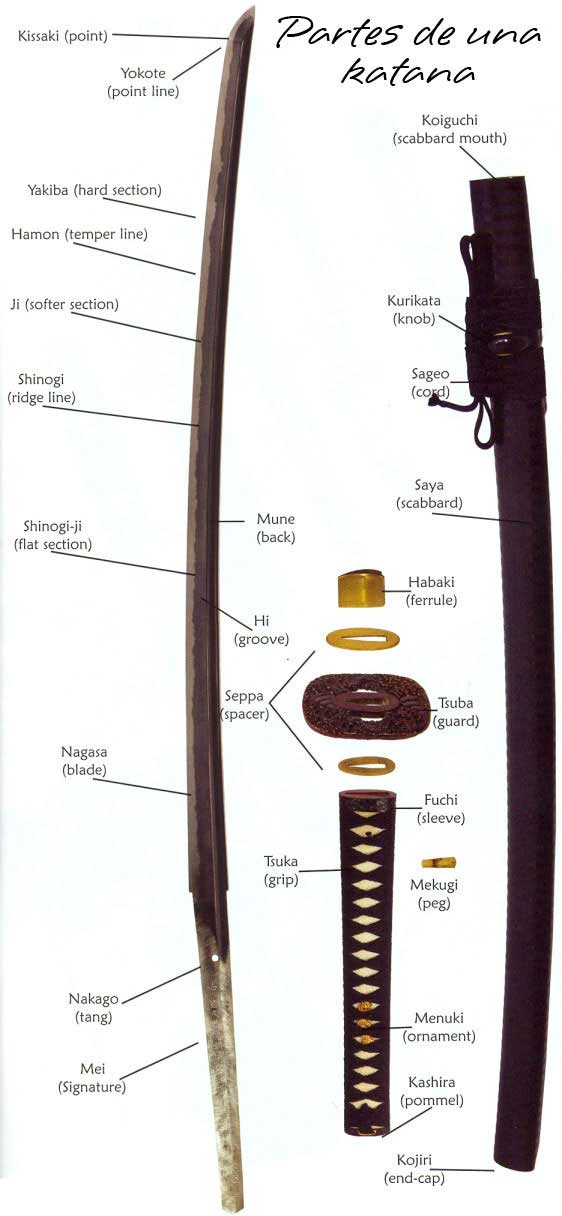What is the Kurikata?
The Kurikata is a fundamental component of the katana, the famous Japanese sword known for its remarkable craftsmanship and the rich cultural tradition that surrounds it. This element, which can be made of metal or wood, is located at the top of the scabbard, also known as saya, right at the location of the Koiguchi, which is the opening of the scabbard. Its main function is to hold the Sageo, a cord that ensures the scabbard remains securely tied to the wearer's waist, facilitating transport and access.
In addition to its practical function, the Kurikata plays a significant aesthetic role in the katana. This component not only contributes to the stability and safety of the weapon, but it can also be adorned with engravings and intricate designs, reflecting the rich aesthetics of Japanese culture and the lineage of the owner. There are various materials that can be used in the making of the Kurikata, including wood, bone, ivory, and metal, which affects both its appearance and durability.

Proper attention to the Kurikata is essential for maintaining the integrity and function of the katana as a whole. It is advisable to clean and lubricate it regularly to prevent oxidation or corrosion, especially if it is made of metal. Likewise, the Kurikata should be protected from damage and scratches, as any damage could compromise its efficiency in securing the Sageo and, therefore, the ease of access to the katana in times of need.
In summary, the Kurikata is not simply an accessory; it is a critical element that combines functionality and aesthetics in the katana. Through its proper preservation, the longevity of the sword is ensured, as well as respect for the Japanese tradition and craftsmanship it represents.
















